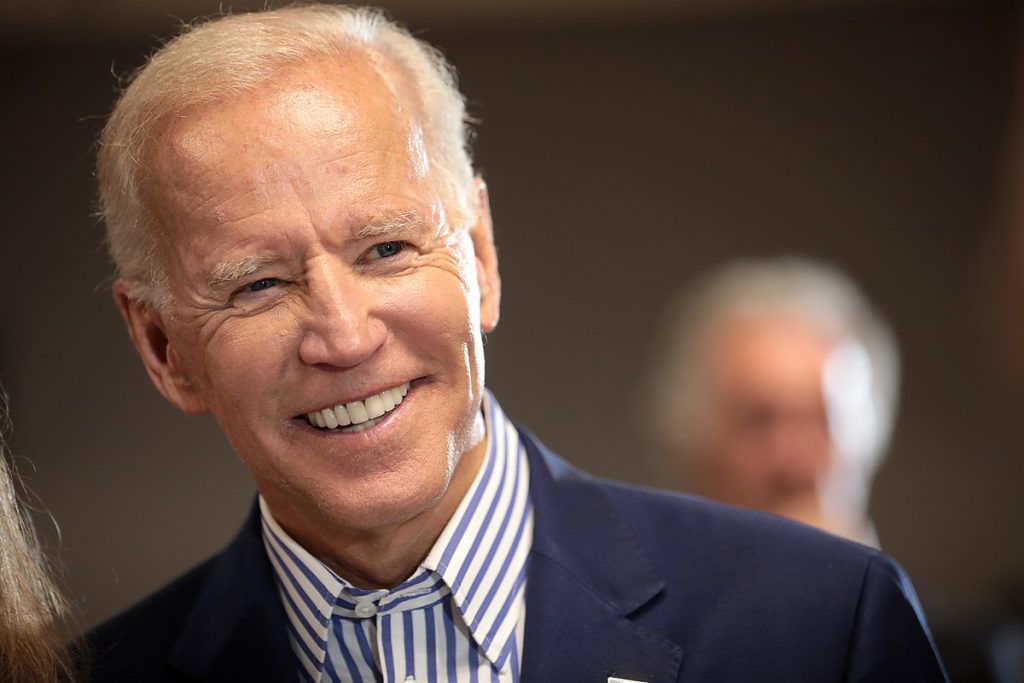
“Once you put capital money to work, jobs are created.”
These are not the words of President Joe Biden, announcing his administration’s infrastructure plan in Pittsburgh on Wednesday. Nor were they the words of Transportation Secretary Pete Buttigieg, standing on a train platform to announce expanded service, or of any of the administration’s economists charged with touting the virtues of the $2.25 trillion spending plan.
It was Michael Morris, then-CEO of Ohio utility American Electric Power, who uttered them on an investor call a decade ago. AEP was fighting an Environmental Protection Agency proposal to reduce mercury and other pollutants from power plants, citing the expense of creating jobs to install new scrubbers on smokestacks or build cleaner plants. Morris, taking his fiduciary responsibility to the utility’s investors seriously, argued these new roles would come at a cost to AEP and were, thus, bad. What he did not question, and correctly so, was whether more investments would indeed create more jobs.
All that held particularly true in 2011 since the economy, slowly emerging from the Great Recession, was far from full employment. As Josh Bivens, an economist at the Economic Policy Institute, testified at the time in favor of EPA’s air toxins rules: “There is no better time than now, from a job-creation perspective, to move forward with these rules.”
The economy is once again far from full employment. That made the $1.9 trillion American Rescue Plan, passed last month, so important. It is also a clear point for passing the infrastructure package now, and for spending the money soon.
Biden’s infrastructure plan, for example, is projected to cost around 130,000 jobs in the oil, coal, and gas industry
“Jobs versus the environment” is an old trope. There are indeed some real tradeoffs. When a tree cannot be cut to protect the northern spotted owl, the tree cutter is out of a job. Climate is different.
Cutting CO₂ isn’t about stopping economic activity, as last year’s Covid-19 lockdowns have vividly shown. Even the near-total lockdowns last April only decreased CO₂ emissions by around 17% per day compared to 2019 levels, around 7% for the entire year, with emissions bound to increase this year. Re-guiding market forces toward fully decarbonizing economies implies more economic activity, more jobs, not less.
That does not mean that all jobs will stay the same. They won’t, and they shouldn’t. Biden’s infrastructure plan, for example, is projected to cost around 130,000 jobs in the oil, coal, and gas industry. Providing these workers with a viable alternative must be part of the clean energy transition, and it is. Biden’s plan includes $16 billion to help retrain and employ fossil fuel workers to plug orphan oil and gas wells and clean up abandoned coal mines. That comes on top of $10 billion to create a Civilian Climate Corps aimed at training the next generation, and many more programs with specific climate-related goals—both to cut CO₂ emissions and to fortify U.S. infrastructure to make it more resilient to climate changes already in store.
Then there are more far-reaching changes that a cleaner future will bring. An electric vehicle takes about one third fewer workers to build than a gas guzzler. That one-to-one comparison, however, misses dynamic effects, and international competition. Much of the jobs impact does not come from one-to-one comparisons but from who produces the vehicles in the first place. China, for example, now dominates the global market for lithium-ion batteries. That domination stems from access to raw materials but also from its large domestic battery market. Creating such a market in the U.S. would also help build a domestic supply chain.
Many other parts of the infrastructure plan are even more directly linked to jobs, especially in building and construction sectors, which can hardly be outsourced across international borders.
It is also why this infrastructure package is perhaps the most durable of climate policies. The Reagan White House famously removed largely symbolic solar panels installed during the Carter administration, but most actual infrastructure investments are here to stay. Short of large bipartisan majorities for CO₂ emissions cuts, this feature is important. Future administrations are not going to strip homes off their better insolation, or rip out bridges or train lines. It helps that weatherizing homes and building infrastructure goes hand-in-hand with more jobs.
(By Gernot Wagner)
Comments